Optimal Timing for Foundation Repairs
Foundation repairs are most effectively performed during specific times of the year when soil conditions and weather patterns are favorable. Proper timing can help ensure the longevity and stability of the repair work, minimizing potential complications caused by environmental factors.
Spring and early fall are generally ideal for foundation repairs due to moderate weather and soil moisture levels, which facilitate better soil movement and settling.
Dry, stable weather prevents delays caused by rain or extreme temperatures, ensuring repairs can be completed efficiently and effectively.
Timing repairs when soil moisture is balanced helps prevent further shifting or settling of the foundation, reducing the risk of future issues.
Off-peak seasons may offer more availability for contractors, leading to potentially quicker scheduling and completion of repairs.
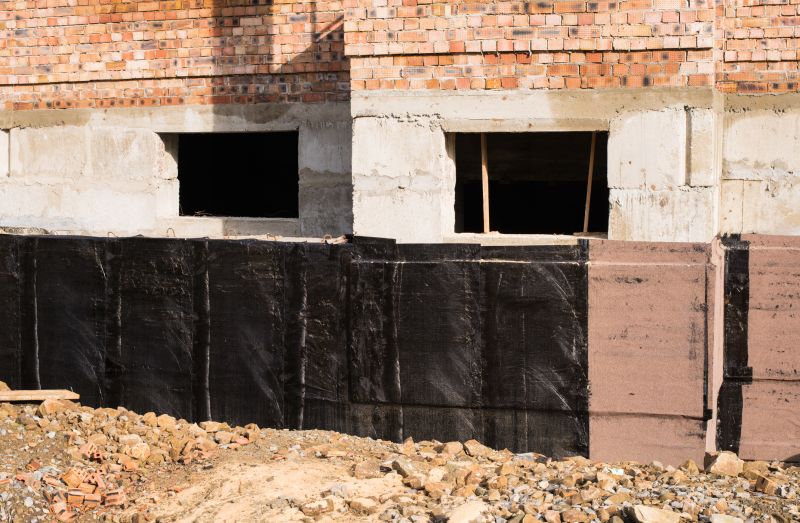
Spring offers moderate temperatures and soil moisture, ideal for foundation stabilization work.
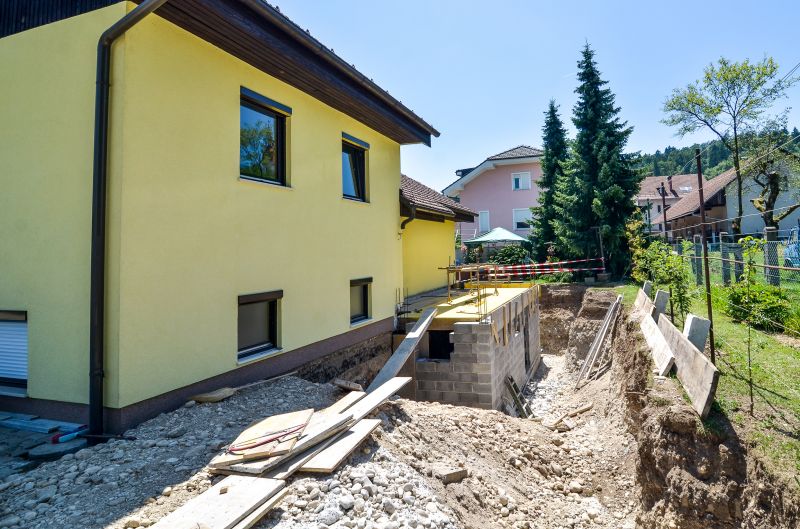
Early fall provides cooler weather and manageable soil conditions for effective repairs.

Dry weather windows are crucial for scheduling foundation repairs to avoid delays.
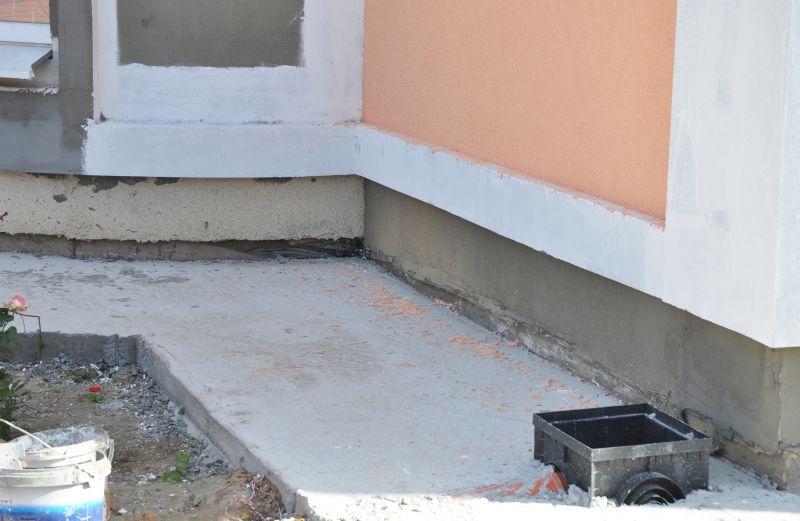
Ways to make Foundation Repairs work in tight or awkward layouts.

Popular materials for Foundation Repairs and why they hold up over time.

Simple add-ons that improve Foundation Repairs without blowing the budget.
| Season | Advantages |
|---|---|
| Spring | Moderate soil moisture, favorable weather, longer daylight hours. |
| Summer | Longer days, good weather, but risk of heat and dry soil. |
| Fall | Cooler temperatures, stable soil, less rain. |
| Winter | Limited availability, frozen ground, challenging conditions. |
Foundation repairs involve addressing issues such as settling, cracking, or shifting that compromise the structural integrity of a building. These repairs can include underpinning, piering, or stabilization techniques designed to restore stability. Proper timing ensures that soil conditions are optimal for these procedures, reducing the likelihood of recurring problems and extending the lifespan of the repair work.
Statistics indicate that foundation issues are among the most common structural problems in residential buildings, with a significant percentage of homes experiencing some form of settling or cracking over time. Addressing these concerns promptly and during appropriate seasons can prevent costly repairs in the future and maintain property value.
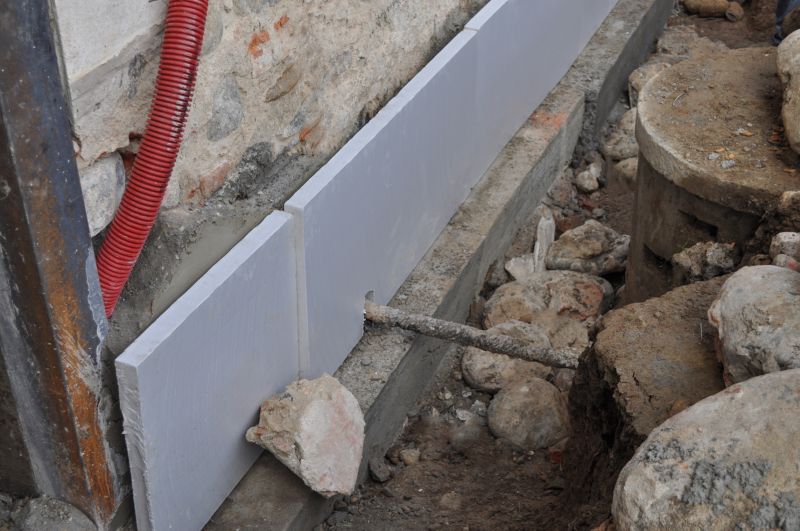
Visual overview of underpinning and stabilization techniques.
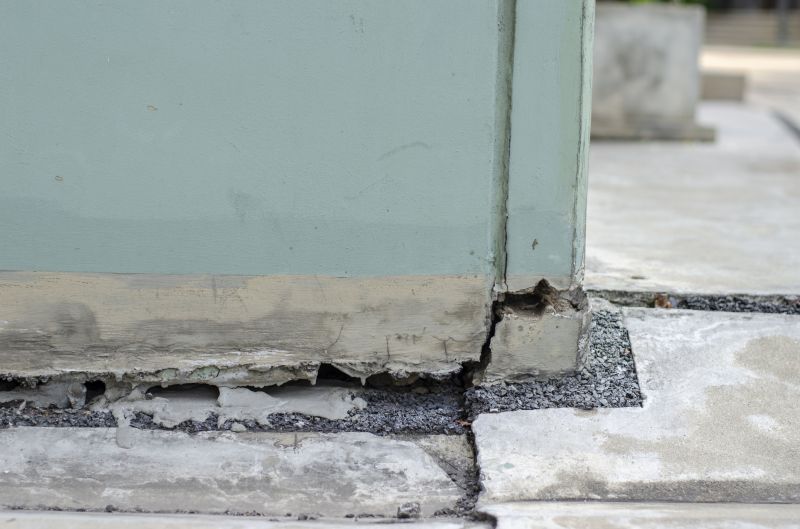
Transformations showcasing the effectiveness of repairs.
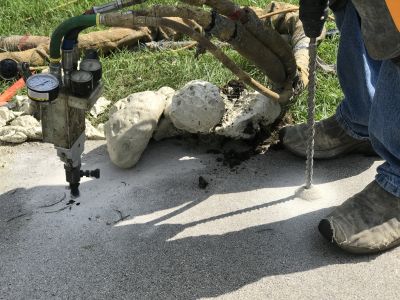
Equipment and machinery essential for foundation stabilization.
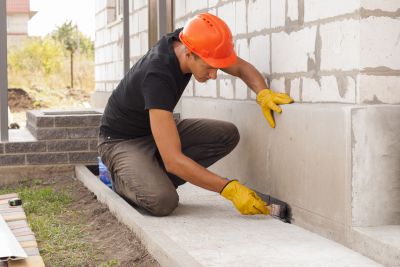
High-end options that actually feel worth it for Foundation Repairs.
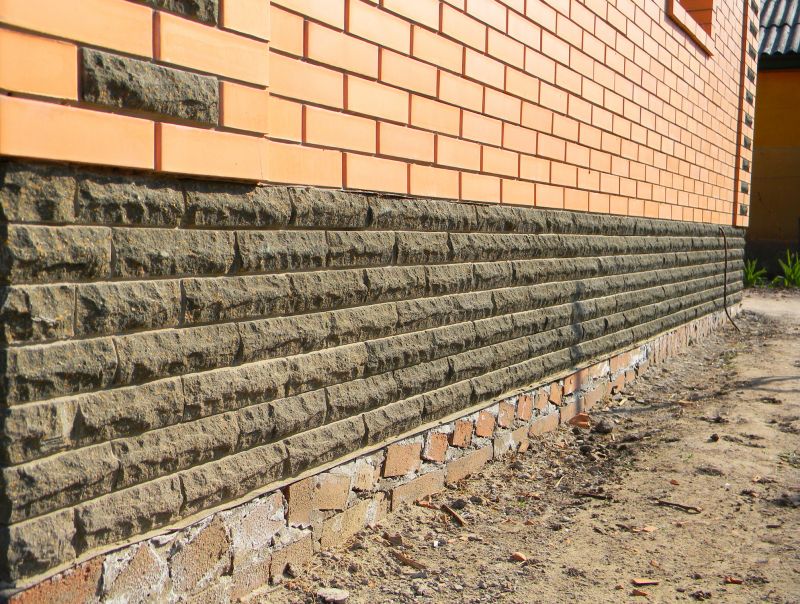
Finishes and colors that play nicely with Foundation Repairs.
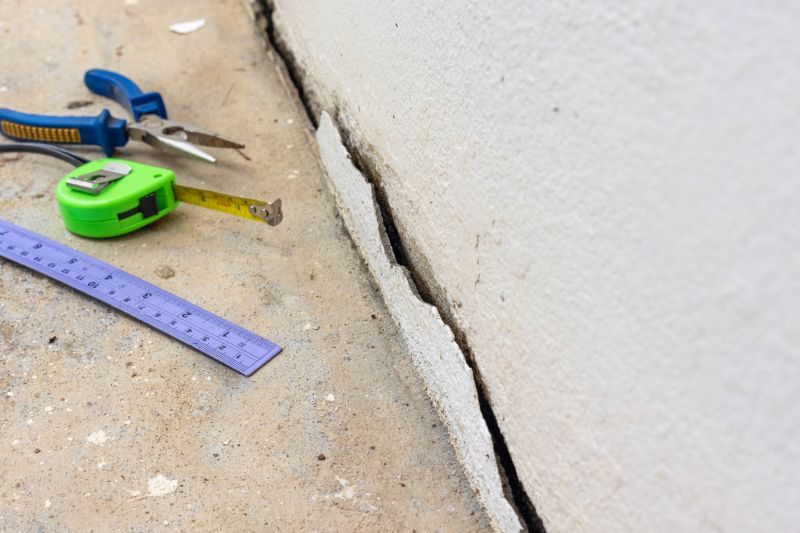
Little measurements that prevent headaches on Foundation Repairs day.
Interested property owners are encouraged to contact for more information about foundation repair options. Proper timing and professional assessment can significantly improve the stability and safety of a building, ensuring long-term peace of mind.
